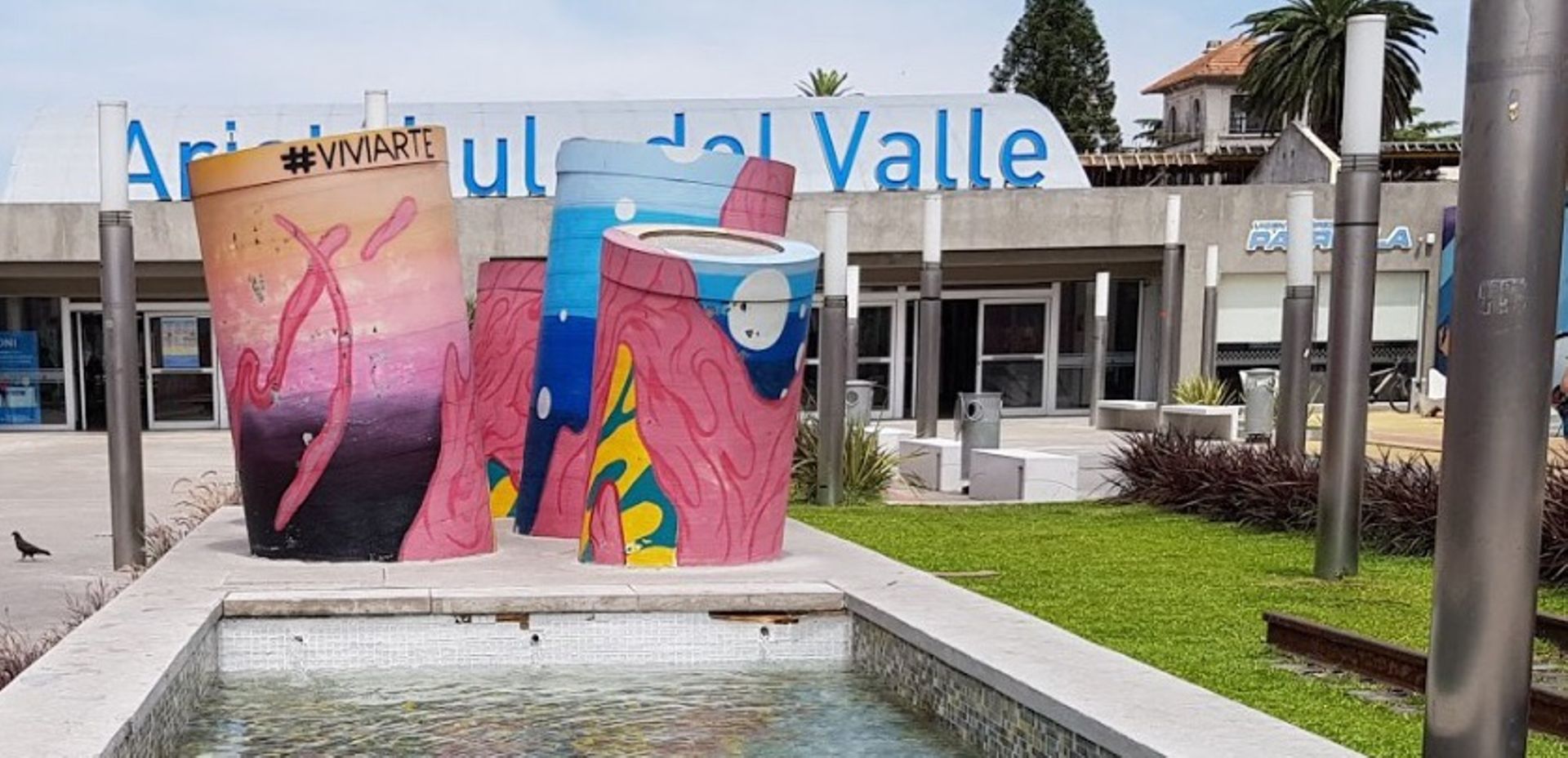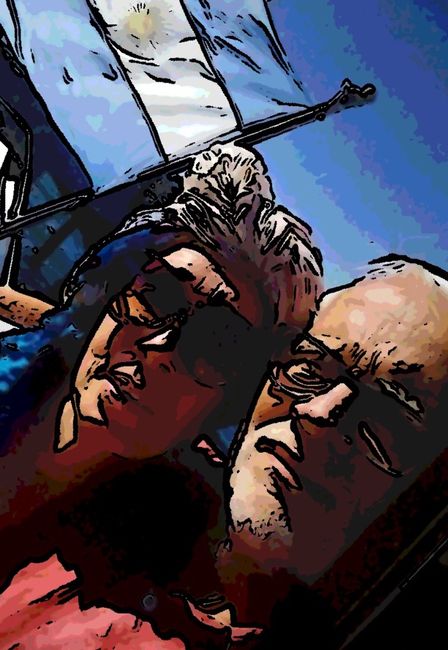Iruya - Village in the Mountains
Cyhoeddwyd: 29.01.2019
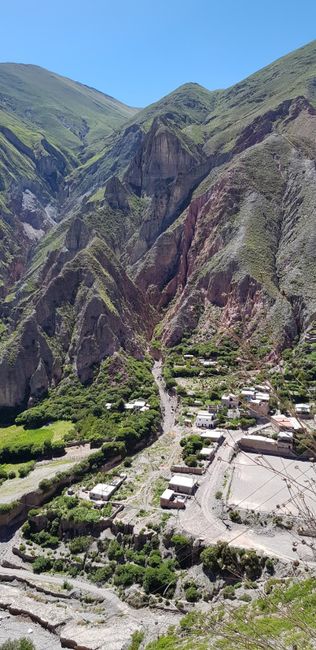
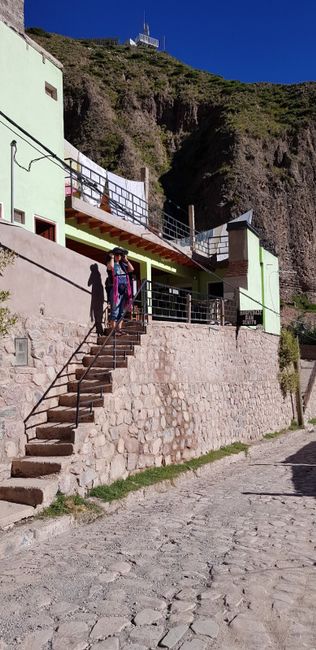
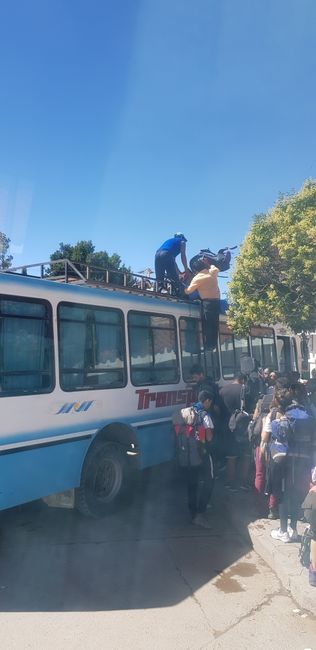
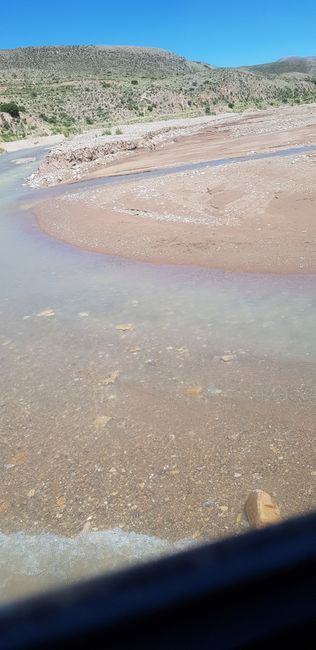
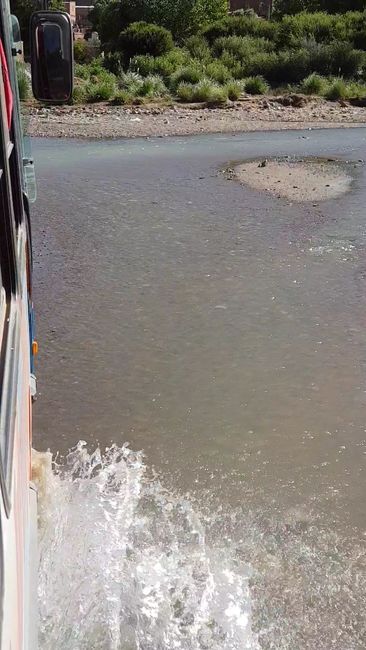
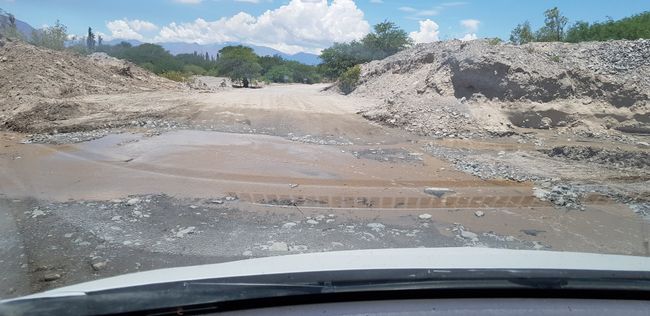
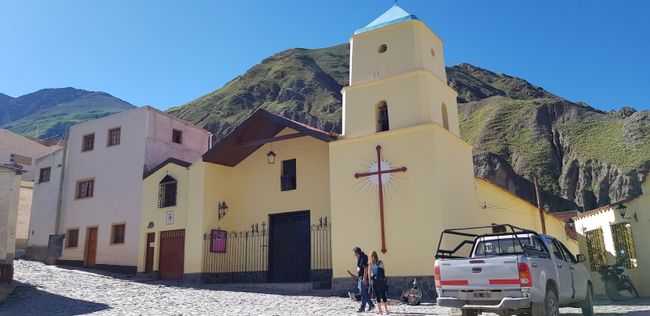
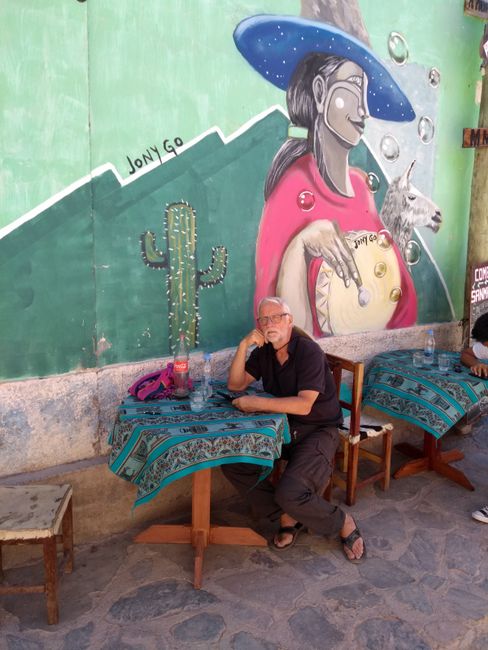
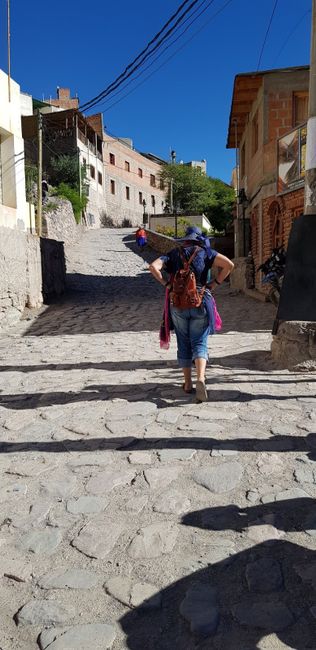
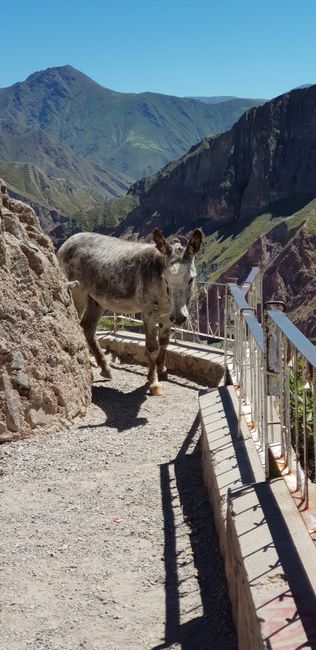
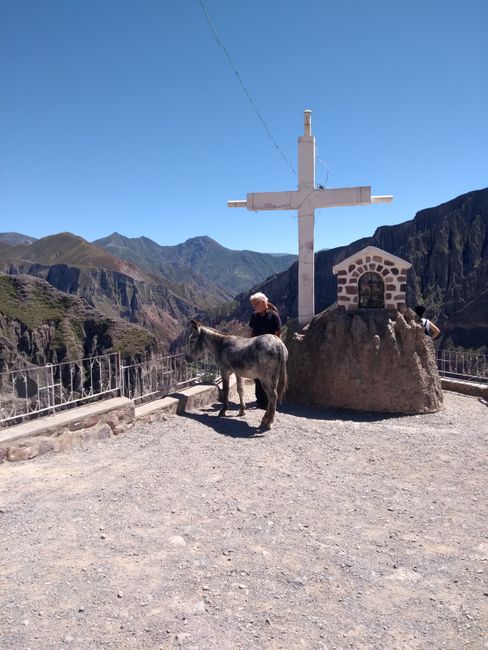
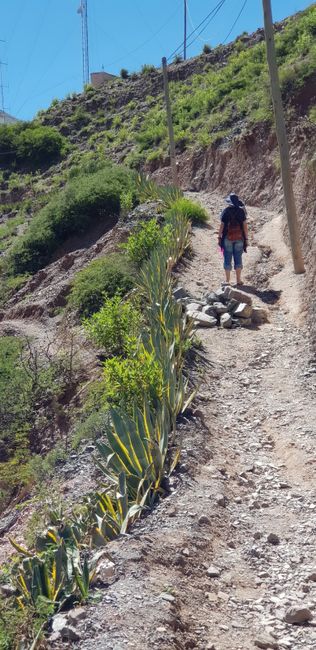
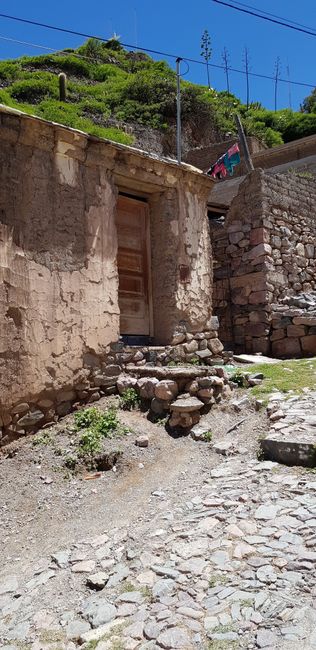
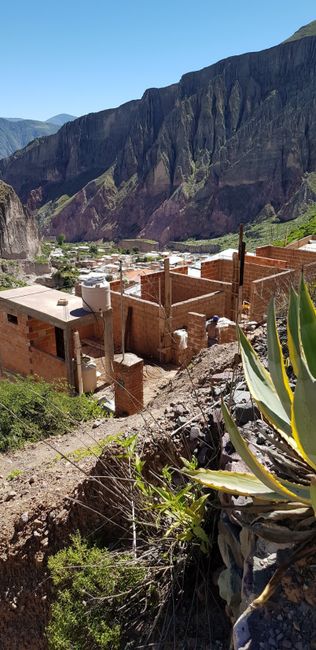
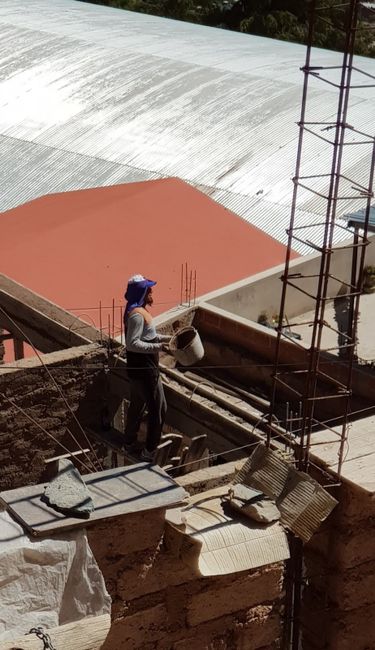
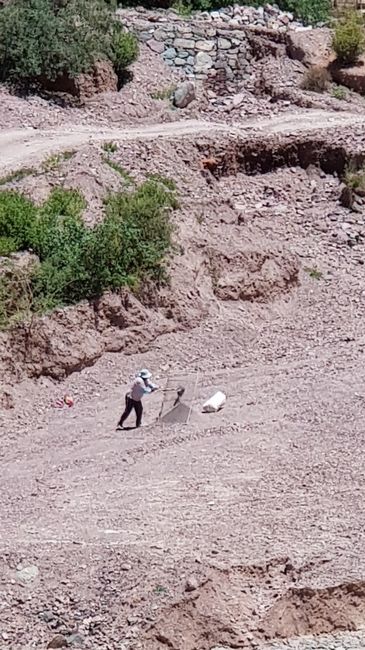
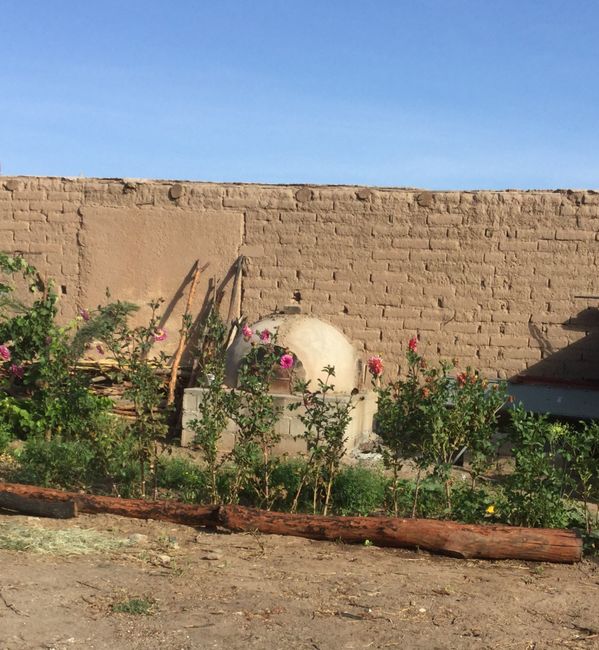
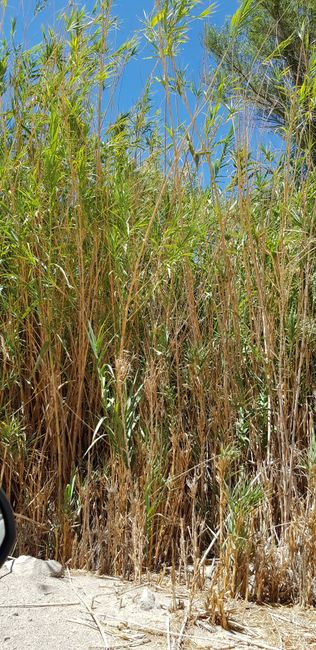
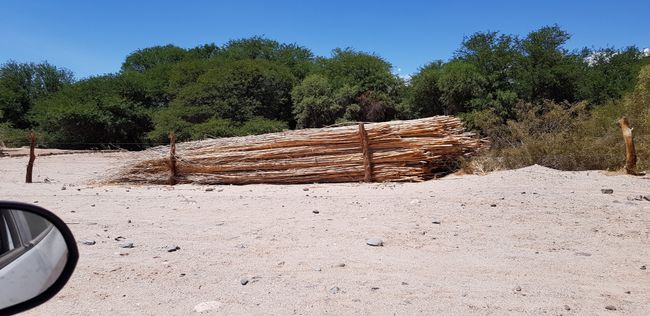
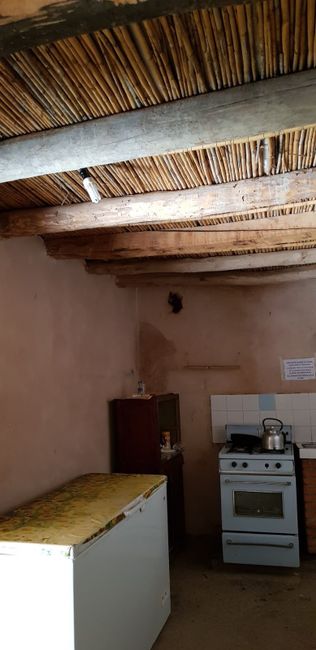
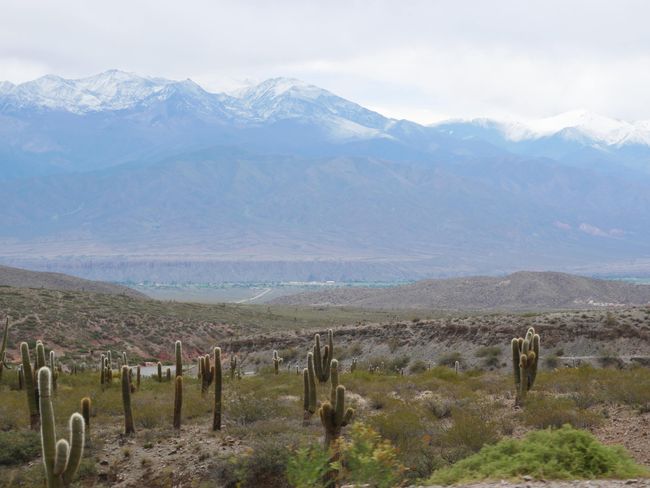
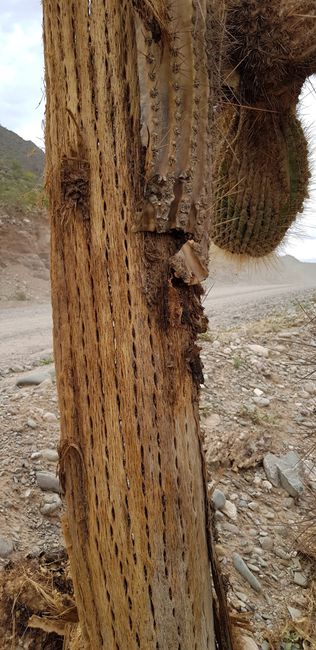
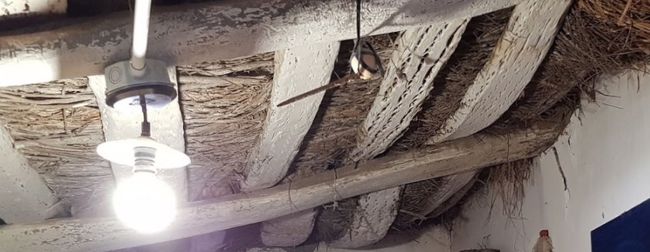
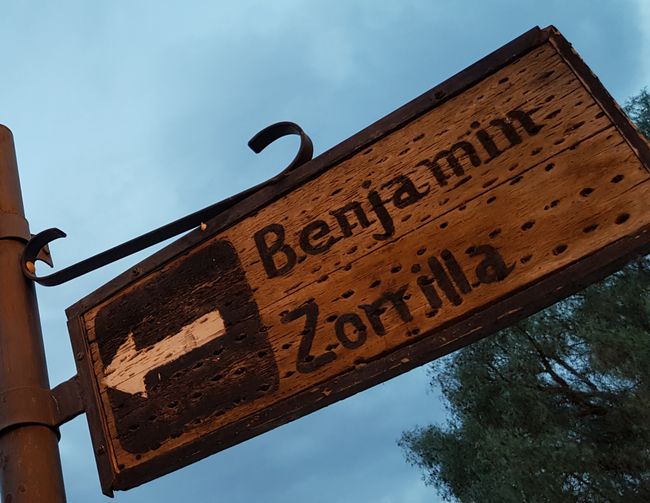
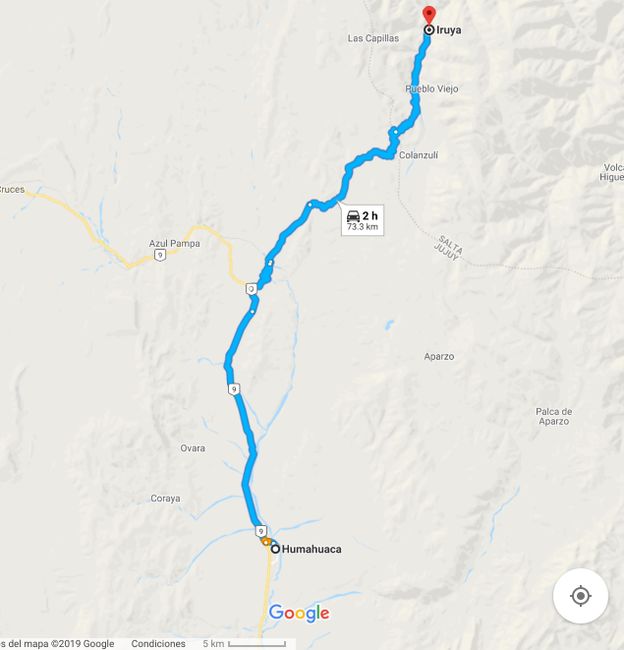
Tanysgrifio i'r Cylchlythyr
On the recommendation of a friend, we took a bus from Humahuaca to Iruya. The 3-hour journey is truly adventurous. Continuous gravel road, tight curves, steep switchbacks, and several river crossings (the luggage is transported on the roof), at some point I just closed my eyes. At the last ford, just before the town, the bus made it through, but on both sides, there were several private vehicles (also 4x4) waiting for the road service to make the passage accessible again.
Right next to the bus terminal, there was a decent-looking accommodation that still had a room available. Simple and without a private bathroom, but we didn't mind for one night. Everything super clean, including the shared toilet, and the hostess was very nice and talkative. Price per night for the two of us was AR$ 500, just under €12.
The village is located at about 2,700m between a steep mountainside and the Rio Iruya, which, similar to the Rio Grande in Humahuaca, more resembles a small mountain stream in a bed that is too large. During the dry season (April to October), the stream is hardly present at all, and its bed is sometimes converted into a road. There is a church in the town center, in front of which various craftsmen sell their goods on a kind of marketplace, which also serves as a meeting point for the locals in the evenings. There are narrow, steep, and winding alleys where you can find some nice pubs and restaurants. Of course, there are also a number of shops for local supplies, as well as many souvenir shops.
You can take some excursions and hikes into the charming mountain world. Since we only had the afternoon of the day of arrival and the morning of the second day, we decided to 'climb' to a viewpoint above the town and take a short walk with a foot bath in the riverbed. It would have been nice to have one more day.
Just like in Humahuaca, we noticed that construction is going on everywhere here. Often using traditional adobe bricks, occasionally in combination with 'modern' materials such as concrete and hollow blocks. Other existing building materials are also used. Of course, native wood is used for the roof and ceiling structures (we suspect poplar, which is relatively common here up to 3,000m altitude). In the past (and perhaps occasionally still today), wood from the Cardon cactus was also used for this purpose and for door thresholds (today it is mainly used for small utility items such as pencil and napkin holders and souvenirs). Straw or the stems of a common bamboo-like reed grass are used to fill the ceilings. Railway sleepers and tracks from the (unfortunately) many abandoned railway lines also find their new purpose as window or door lintels or to secure the entrance. At least the railway saves on dismantling with that.
Tanysgrifio i'r Cylchlythyr
Ateb
